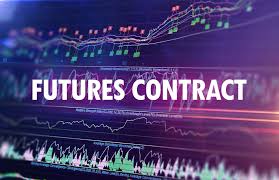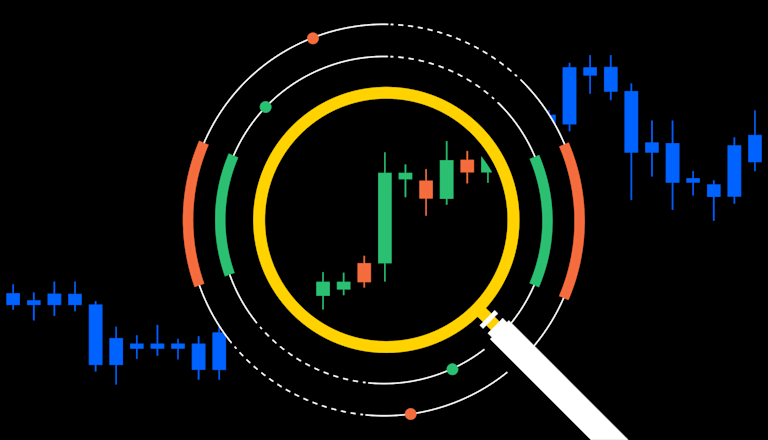
The Future of Crypto Future Trading
The realm of finance has witnessed a remarkable transformation with the emergence of cryptocurrencies. Among the various trading strategies that have surfaced, crypto future trading stands out for its potential to yield significant profits. With this in mind, it is essential for traders to understand not only how futures work but also the numerous factors that can influence market trends. For a comprehensive understanding, you can check out crypto future trading https://www.sitelike.org/similar/kolt.io/ for similar platforms and tools.
What is Crypto Future Trading?
Crypto future trading involves a contract that obliges the buyer to purchase, and the seller to sell, a specific amount of cryptocurrency at a predetermined price at a specified future date. Unlike spot trading, where assets are bought and sold immediately, futures contracts allow traders to speculate on the future price movements of cryptocurrencies without necessarily owning the underlying asset. This provides opportunities for both strategic long and short positions, allowing traders to profit from both rising and falling markets.
Advantages of Crypto Future Trading
There are several benefits to engaging in crypto future trading:
- Leverage: Traders can open larger positions with a smaller amount of capital. This can amplify profits significantly.
- Hedging: Futures can be utilized as a hedge against market volatility, providing a safety net for investors holding cryptocurrencies.
- Liquidity: Futures markets often offer greater liquidity compared to spot markets, ensuring smoother trade execution.
- Accessibility: With advancements in technology and the rise of decentralized finance (DeFi), access to futures trading has expanded, allowing more participants to engage in this market.
Key Strategies in Crypto Future Trading
Effective strategies play a crucial role in successful trading. Here are some popular approaches:
1. Trend Following

As with many markets, following trends can be an effective strategy. Traders can analyze price charts and use patterns or indicators to determine the prevailing trend and position their trades accordingly.
2. Arbitrage
Arbitrage involves taking advantage of price discrepancies between different exchanges. If a cryptocurrency futures contract is priced higher on one exchange compared to another, traders can buy low on one platform and sell high on another, thus pocketing the difference.
3. Spread Trading
This strategy involves taking simultaneous long and short positions in different futures contracts to capitalize on price differences. It is less risky than a single directional bet and can provide steady returns.
4. News Trading
Since the crypto market is significantly influenced by news and announcements, traders can use important events (such as regulatory announcements, technological developments, or macroeconomic trends) to inform their trading decisions.
Risks Associated with Crypto Future Trading
While there are considerable opportunities in crypto futures, traders must also navigate a landscape fraught with risks:
- Volatility: Cryptocurrencies are known for their price fluctuations. Unpredictable market moves can lead to significant losses.
- Leverage Risk: Utilizing leverage means that losses can exceed initial capital, leading to potential liquidation.
- Regulatory Risks: As governments and regulatory bodies continue to adapt to the rise of cryptocurrencies, new laws can impact the trading environment.
- Technical Risks: Issues such as platform outages, security breaches, or errors in execution can jeopardize trading positions.
The Future of Crypto Future Trading

As we explore the future of crypto future trading, several trends are emerging:
1. Increased Adoption
The growing acceptance of cryptocurrencies among institutional investors and large corporations is likely to fuel further interest and participation in futures trading.
2. More Advanced Trading Platforms
Technological advancements will lead to the development of more sophisticated trading platforms, providing enhanced tools and analytics that can aid traders in making informed decisions.
3. Regulatory Clarity
As governments establish clearer regulations around cryptocurrencies, traders can expect a more stable and secure environment for trading futures.
4. Integration of Artificial Intelligence
AI and machine learning are set to play an increasingly significant role in crypto trading, enabling advanced predictive analytics that can enhance trading strategies.
Conclusion
In conclusion, crypto future trading presents both immense opportunities and substantial risks. As the market continues to evolve, traders who stay informed and adapt their strategies will likely find success in the ever-changing landscape of cryptocurrencies. With proper education, risk management, and an understanding of market dynamics, crypto future trading can be a rewarding venture for both novice and experienced traders alike.
